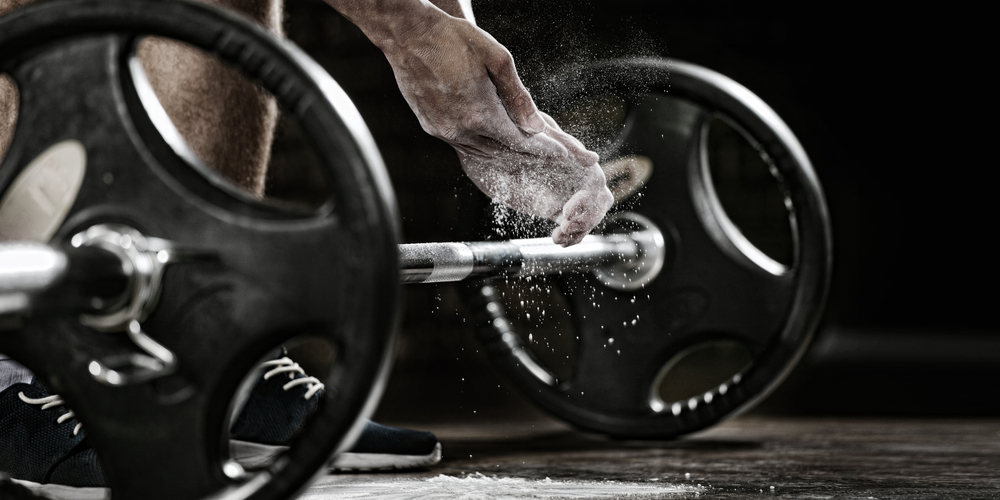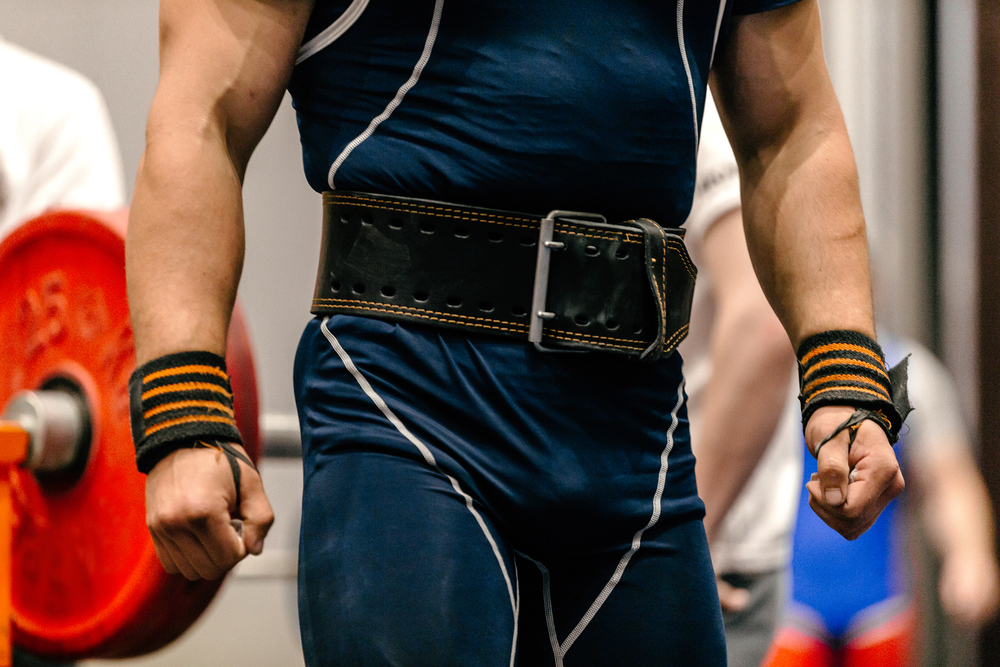
Beginner’s Guide To Lifting for Guys
One of the most prevalent questions lately has been about how to get into lifting weights, as a beginner, with the goal of improving body composition. You could hire a coach, or read about it in a magazine, or you could see it broken down for you here. But, whatever you do, I believe it is necessary to start with some guidance. When you first start lifting, you have more potential for improving body composition than you ever will again… so it makes sense to get it right from the start. Squandering this kind of opportunity is criminal.
I’m a bodybuilder, so my approach to lifting is all about being comprehensive. I want to have proportion and symmetry, and consistent size and fullness, from head to toe. However, as a coach, I am aware that not everyone shares the same goal as I do; I am not a snob about it either. Some people just want to “tone up a bit”, or have bigger arms and a six-pack and nothing else, and I am a good coach (I like to think) because I tailor towards a client’s goals, rather than trying to project a clone of myself onto someone else’s body.
The article is for: those looking for a big chest and arms.
What you see and what you don’t
A big chest and bulging biceps is what we want to see when we look in the mirror, but it’s only half of the story. It’s all about the illusion; a big chest circumference is at least 30% upper back development and at least 20% the effect of a big V-taper created by big shoulders; big arms are at least 50% triceps fullness. So this isn’t going to be a chest-and-biceps every day routine.
The hypertrophy two-fork approach
This routine does not include comprehensively delineated periodization, because at this point in your training, self-regulation is incredibly important. You need to learn your body if you stand any chance of making it do things it doesn’t want to do, for you. For that reason, regularity and type of progressions, microcycles and deloads are all left up to your discretion. However, as this is a teaching article, I will provide the tools from which to choose.
The approach to progression has two forks: volume and load. In each session, you can attempt either to beat the weight you used last time, for the same number of reps (load+), or you will attempt to beat the number of reps or sets you used last time, using the same weight (volume+). I would advise that you usually attempt to beat the weights on your compound exercises and beat the volume on “isolation”-type exercises, but such an approach is not infinite, meaning some sessions will require a reversal, and some sessions will include a progression on only one exercise.
This isn’t the easy approach, but I’m trying to turn you into a good lifter who can sustain this for long enough to make improvements.
The Programme
Session 1
Exercise 1 – flat bench dumbbell press – 3-4 sets – 6-8 reps – 100sec rest period between sets
Exercise 2 – incline (~45°) bench barbell press – 3 sets – 8-10 reps – 90sec rest period between sets
Exercise 3 – chest flye machine – 3 sets – 10-12 reps – 75sec rest period between sets
Exercise 4 – vertical shoulder press machine – 3 sets – 8-10 reps – 90sec rest period between sets
Exercise 5 – lateral dumbbell raise – 3 sets 12-15 reps – 60sec rest period between sets
Session 2
Exercise 1 – seated cable row (semi-supinated or “hammer” grip) – 3-4 sets – 6-8 reps – 100sec rest
Exercise 2 – high to low machine row – 3 sets – 8-10 reps – 90sec rest
Exercise 3 – wide grip pull-downs – 3 sets – 8-10 reps – 90sec rest
Exercise 4 – bent-over dumbbell row – 3 sets – 10-12 reps – 75sec rest
Exercise 5 – bent-over lateral raise – 3 sets – 12-15 reps – 60sec rest
Session 3
Superset* 1 (3-4 supersets/6-8 sets; 90sec rest between supersets)
A – tricep dip – 6 reps
B – tricep dumbbell kickback – 8 reps
Superset 2 (3 supersets/6 sets; 90sec rest between supersets)
A – standing E-Z bar curl – 8 reps
B – dumbbell spider curl – 10 reps
Superset 3 (3 supersets; 90sec rest between supersets)
A – incline dumbbell curl – 15 reps
B – behind-the-head rope tricep extension – 10 reps
*A superset is two different exercises performed back-to-back without rest; the rest period is taken after a set of each exercise has been performed (that equals one “superset”)








No Comments yet!